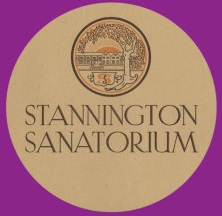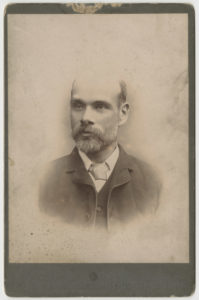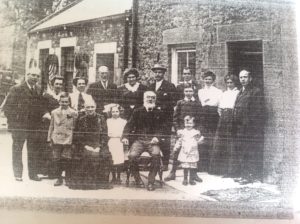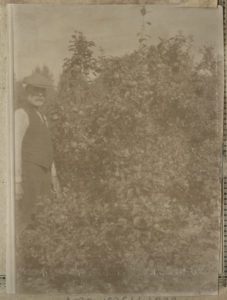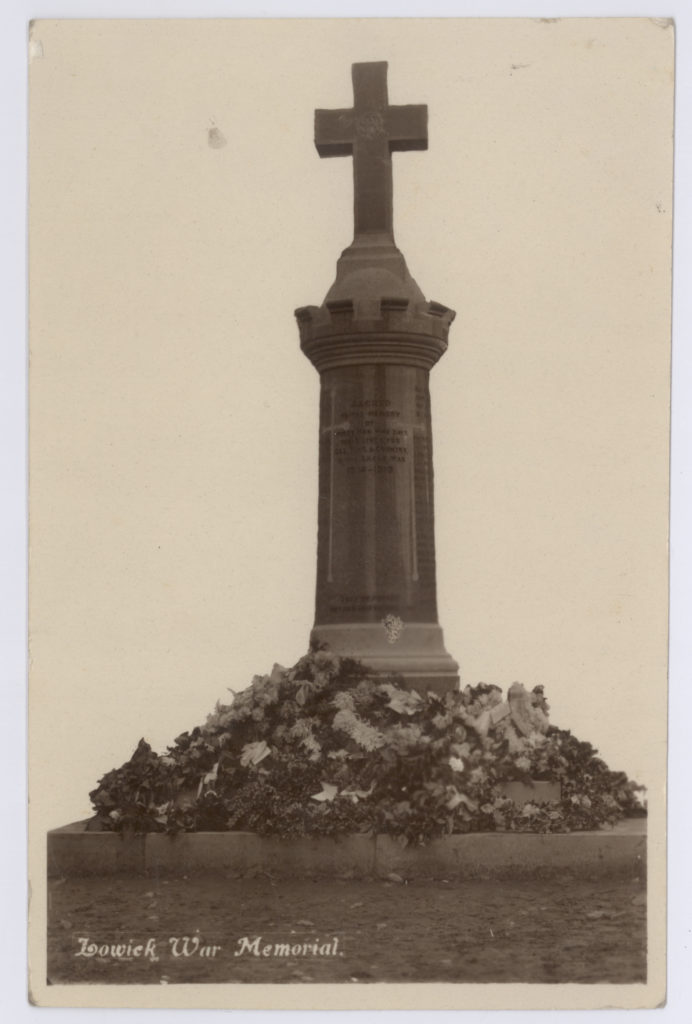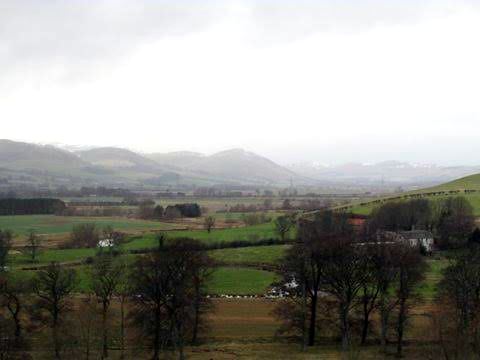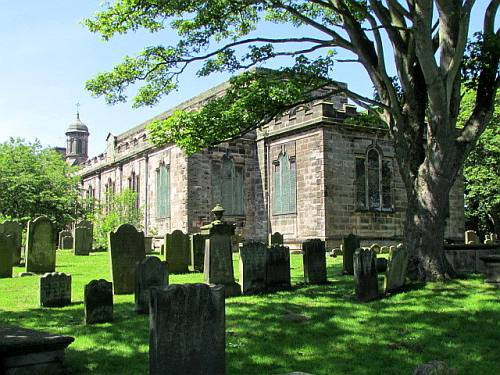BERWICK ADVERTISER, 1 DECEMBER 1916
TRAPPED BY THE TIDE
BUTCHER’S FATAL RISK ON HOLY ISLAND
The finding of a butcher’s van in which was yoked the dead body of a horse, on Holy Island sands on Sunday, brought to light the tragic end of Thomas Foreman, a well-known butcher.
The unfortunate man who belongs to Lowick, Northumberland, regularly crossed these dangerous sands to the island and was familiar with the perils attending a crossing with the flood tide.
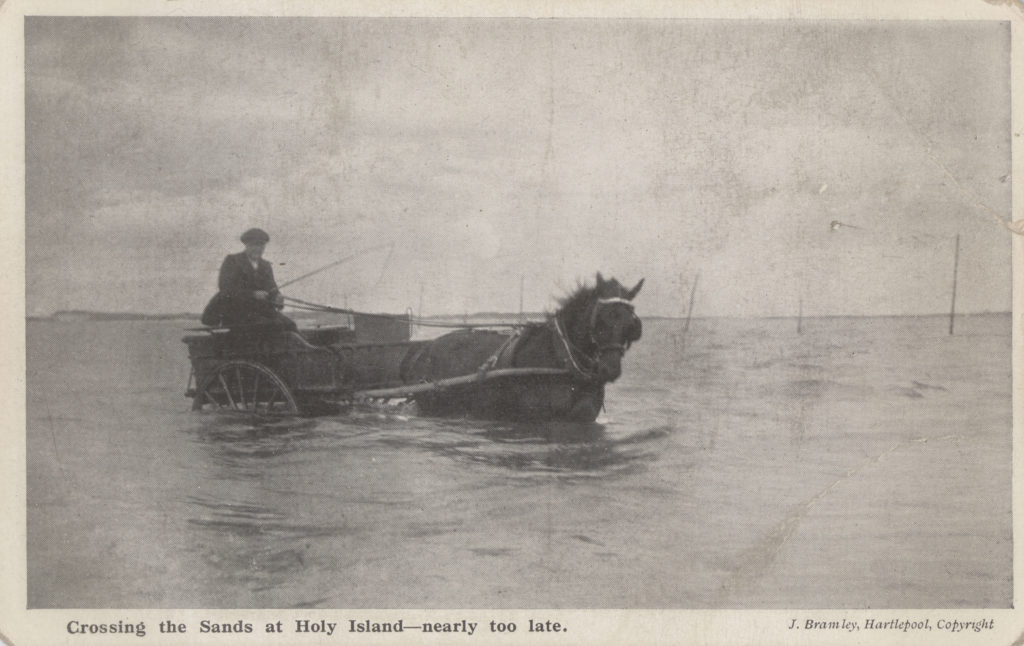
It appears that having served his customers he left the island at 5 o’clock on Saturday night and although little enough time was left to cross in safety, no fears were entertained as to his regaining the other side.
The high tides, however, had not been taken account of and it is feared Foreman met his end while at least half-way across. Up to the time of writing no trace of the body has been found.
LOCAL NEWS
Feeding Stuffs and Milk Prices. – Although the price of milk is to be restricted there is no restriction upon the price of feeding stuffs for the cows. Some farmers, assert that unless some limit is imposed upon the price of the feeding stuffs it will be impossible for them, except at a loss, to continue supplying milk. It is stated that in some parts of the country farmers are disposing of their cows. To avoid any possibility of a shortage in the supply of milk from this cause, it has been suggested to Mr Runciman that he should summon a conference of farmers and manufacturers and importers of feeding stuffs to discuss the situation with a view to arriving at a voluntary agreement for the limitation of prices. The president of the Board of Trade, who is considering the suggestion, will be asked on Thursday, 30th November, to indicate whether he is prepared to adopt it.
Steamer Refloated. – The large steamship Tredegar Hall, 3,764 tons gross register, which stranded on the sands at Monkhouse, Bamburgh, two months ago, has been successfully refloated. As the steamer stranded during spring tides fears were entertained that some time might lapse before she was salved, but the exceptionally high ide experienced at the week-end, allowed a large salvage tug to successfully tow the ship into deep water. It is understood the vessel is little the worse.
WOOLER
Christmas. – we are reminded that Christmas is again approaching, and the annual prize show and sale at the Wooler Mart is announced for Monday week. We are assured that an excellent display may be looked for. The quality of the stock presented by the Wooler Mart, Co., at their Christmas show is always equal to any, and that it will be up to the usual standard goes without saying.
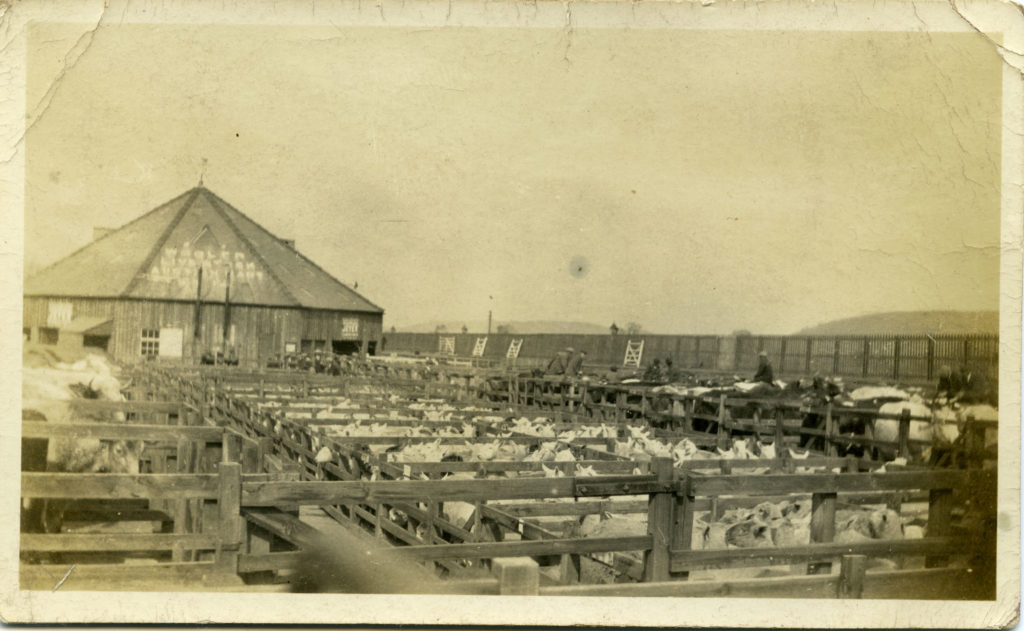
Gifts for Soldiers. – A subscription list has been opened by the Vicar to provide the sailors and soldiers who have left the parish with a suitable Christmas parcel. Over £21 has already been subscribed and is expected to be still further increased. A chocolate service is to be held in the Parish Church on Sunday afternoon, when gifts of chocolate, etc., will be welcomed. The collection will also be for the soldiers and sailors gifts. The total number reaches over a hundred. The Presbyterian churches are also sending parcels to members connected with their places of worship.
SCREMERSTON
Concert for Soldiers’ Chritsmas Gifts. – A very successful concert, organised in connection with Scremerston Church with the object of sending a Christmas token of remembrance to all Scremerston men on active service abroad, was given in the large hall of the local Workmen’s Institute on Monday evening last. The concert had aroused a very general interest in the parish and neighbourhood, and the highest anticipations of the Vicar and those associated with him in the venture were more than fulfilled. The entertainment itself was of a very interesting and varied character. Through the good offices of Mr J. M. Dudgeon, a number of the Royal Scots now billeted in Berwick promised their assistance. During their stay here they have proved themselves most able and successful entertainers in various ways, and they repeated their triumphs on this occasion. Corpl. Dells, humourist, Private Cummings and Corpl. Howitt, vocalists, and Private Burnett, impersonator and soft shoe dancer, all justified the reputation they have gained. Mr Dudgeon’s ability is too well known to require description further than to say that he proved himself as popular as ever.

A cymbal dance by Miss Dormer and a tambourine dance by Miss Douglas were gracefully given and heartily received. A beautiful stage picture representing Britannia and the nine Allied Nations, devised and arranged by Mrs Lightfoot, was represented by Miss E. M. Lightfoot as Britannia and by members of the Church Girls’ Guild. The supplemental act saluting the British flag by the separate nations individually give the audience the opportunity of greeting each ally with welcoming applause. Part songs by Scremerston Church Choir as a body, and songs by individual members further associated the Church with this pleasing effort to send tokens of remembrance to the local men now serving in France, Egypt, Salonica, and on the high seas. The seating of the large gathering was looked after by Mr R. Thomson, ably assisted by his sons. Much of the success of the undertaking was due to the untiring interest and assistance given by Mr and Mrs W. J. Blackett, Scremerston Post Office, who also bore the cost of conveying the Berwick and Spittal vocalists to and from the concert. A goodly sum was realised by the venture, and the parcels thus secured will be despatched to the men at the Western front without delay; parcels have already been sent to those in Egypt and Salonika.

